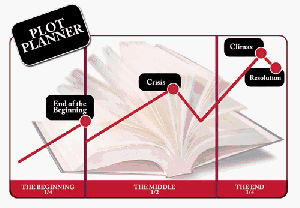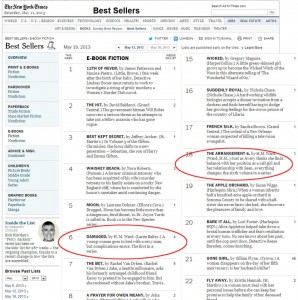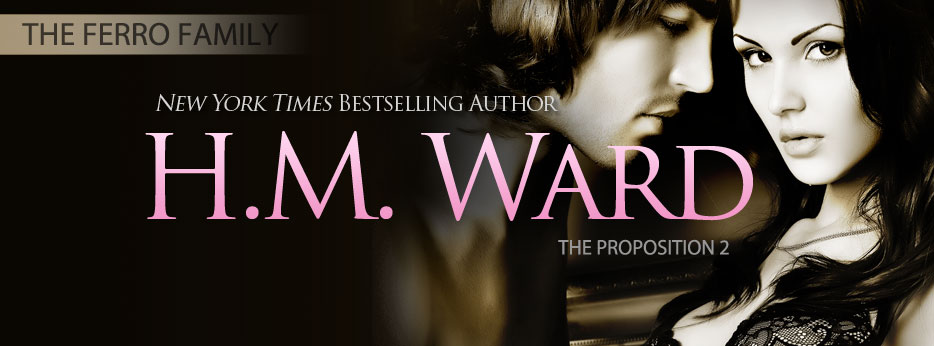–This is a repost of one of the popular topics from Holly’s old blog, originally dated Mar 6, 2011.–
I recently asked Demon Kissed book fans via our Facebook fan page what questions they had about writing. There were several about plot and publishing. I’ll answer stuff Q&A style this time.

“Do you believe a 17 year old should get a book published?” – Audrey
Age has nothing to do with your ability to tell a story. There are people who write well and are natural born storytellers. They enjoy writing, so their ability begins to exceed their age. That happened with me. And of course there are several writers that were young and published – Eragon author Christopher Paolini is a contemporary writer who started writing his first published novel at age 15. He took two years to complete his manuscript at which point his family self-published his book. That was how he started. Jane Austen wrote Sense and Sensibly when she was 21 years old or younger. I’ve read that she was 18 years old in some sources, and 21 in others. At any rate, she wasn’t an old crone. Her novel wasn’t published until later, but the story originated when she was young. Which is awesome! I think there is a place for teen writers, and I think it would be awesome to see more of their work spread into the marketplace. The folks that are hesitant are the ones who don’t think you guys pay attention to grammar and spelling. Prove them wrong! Write a kick ass story, and go for it!
“Dialogue please – mine never feels like real.” -Grace
Recognizing that dialogue doesn’t feel real is the first step in correcting the problem, so you are half way there. Writing dialogue is somewhere between reality and make-believe. If you transcribed an entire conversation, it gets dull. The words need to be tweaked for reading. Basically, you cut out the fat-anything extra that does not propel the plot, but you have to leave enough so the reader knows what’s going on. The easiest way to practice is to write down a conversation you had. Don’t try to polish it at all. Just notice what’s there. Next, take a red pen and start striking out anything that isn’t central to the conversation. You should automatically remove: um, like, and other filler phrases. You can also watch conversations. A good conversation goes back and forth, but not with every sentence. Changing speakers too often stunts your story. If you hear a conversation in real life, and someone is telling you a story or explaining something, you may interrupt from time to time, but not every sentence. If a BFF is spilling coveted info about some guy that you’ve been dying to hear about, you want the info as fast as possible. Your readers are the same way. You may slow things down to create suspense or for your story’s flow, but it should be done intentionally and not throughout. So the short version is – dialogue should reflect real conversations, but cut out the fluff and jump to the important stuff.
“How do you add enough desciption? Like for the charecters surrounding.” -Jessica
This varies between genre. Example: Fantasy, epic stories, historical fiction, and literary fiction have a LOT more descriptions going on. It seemed like the first 80 pages of Edith Wharton’s The Age of Innocence was description. I read that when I was 19 years old, for fun. I love that book. Anyway, in YA books the surroundings are more like snapshots that are infused into the story. Their purpose is to support the story, and not distract or slow the pacing. It’s a carefully orchestrated balance to let your reader know where your hero is, without that becoming the focal point. In one contemporary series (meaning something that was written in the last decade or so), you know where Stephanie Plum is in One for the Money, because it’s smooshed throughout the story. The author, Janet Evanovich, sprinkles it in throughout. You can’t forget Stephanie’s a Jersey girl – it’s part of the story. The descriptions should always be lending toward your story. And avoid info dumps. That is where you dump a bunch of info the reader needs to know instead of threading it into the story. Weave it into your story, and you’ll be good.
The rest of the questions were about plot and publishing. I’ll answer the publishing hoopla in another thread because there are so many things going on that it totally needs its own post.
Plot, Story Lines, & Sorting Things Out
Several of you asked how the heck can you keep the plot and all it’s intricacies straight in your head. I talked about this a little bit in a previous post about how I did it for Demon Kissed. As I started writing the second book, Cursed, I changed what I was doing a little bit. I’ll share with you what I’m currently doing.
The first part of turning the amazing story in your head into an amazing story on paper is to map out your plot. The plot is the sequence of events that leads your hero from the beginning of the story to the end of the story. Some of you asked how to identify the beginning of the story, which is an excellent question. If you start too soon, you bore people. If you start too late, people aren’t sure what’s going on. General rule of thumb – start as late as you can. I think it should be near the story’s catalyst.
There is a catalyst, an event, that spurs your story into motion. Without this event, you would have no story. Identify what that is and it will help you decide where to start. I can’t talk about Demon Kissed too much because it’s not out yet, but since this event occurs in the first chapter (which has been released), I’ll demonstrate with that. The event that spurs Ivy’s story into motion is when Jake attacks her. Without that key event, there is no story. That single event creates a domino effect, which when combined with her decisions, propels her along the plot line and through the story. Make sense? You MUST have that moment in your plot. If you don’t have one, you will have serious issues trying to control where the plot is going, what is happening to the character, and why.
When you start your story, have a beginning and an ending in mind. I’ll pick a story that everyone knows – Harry Potter & the Sorcerer’s Stone. The story starts with normal Harry not knowing he is a wizard, and ends with Harry, the novice wizard, defeating Voldemort. The writer can then go and fill in the plot holes from there by asking questions: How does Harry find out he’s a wizard? How does he learn his skills to defeat Voldemort? All the stuff he learned in the book supported the task he had to accomplish at the end of it.
As for keeping things straight while you accomplish this daunting task – remember most YA books have 80,000-100,000 words right now. That’s a lot of stuff to organize. Trying to keep it all in your brain may not be the best method. In my other post I mentioned using cork board and index cards to try and keep things straight. The progression I made since then is easier for me. Maybe it’ll help you too.
I mapped the beginning and ending of the book on paper – the middle is blank. This is a stepping stone/ bridging method. The writer knows the beginning and the end and must connect the two. Honestly, I didn’t see how to bridge the gap in all it’s glorious detail. Normally, I would have started writing now and assumed my brain would close the gap as I wrote. I didn’t do that this time and it helped me much more. Instead, I imagined the opening scene in my head over and over. My imagination started to spread past that with several different ideas, and then finally latched onto a plot path that made sense, was interesting, and added another stepping stone to the plot. That became chapter 2. After I had all the key details of that scene I wrote it down as an outline. So I had a complete chapter outline on the opening scene, scene two, and the ending. (I think of chapters like scenes – it helps me organize the story). Then I did the same thing, trying to move forward to scene 3. There were several different directions to go, but the one I chose had to be awesome and line my story up with the final chapter. I moved along like that, dreaming up the scene, determing which version to use, and then writing down the scene’s key components in an outline so that I wouldnt forget.
Holy crap! This helped my writing and plot like nothing I’ve ever done before. I love stories with a rich plot, that turns and threads the story together in an intricate pattern. Organizing all the thoughts that go into it were insane. Doing it this way: Map, Dream, Outline helped SO much. Now, I can sit down and write 60 pages at once. And I don’t have to stop because I got stuck and don’t know what to do next. The plot is all mapped out on paper well enough to tip the vivid memories I created in my mind. It also helped with revisions and editing. Now I don’t have to go back and junk as much stuff because I planned it all out.
Plotting this way can seem really intimidating. It was for me. Seeing a blank page for such a long time, while working things out in my head was scary. I thought I might lose some of the details and forget stuff. But I didn’t. I put enough info in the outline to keep my thoughts in check. It even allowed me to write more freely because I knew where the story was going. I could scatter in deeper meaning and foreshadowing into places on the first pass, instead of adding it much later during revisions.
Every writer handles plots differently. Some people write on the fly, while others spend 12 months plotting points in their novel without ever writing a word. I found, the more info you can capture and pre-map, the easier it gets to actually write the story. I spent about two to four weeks dreaming the scenes in Demon Kissed: Curse of the Valefar one by one. Everyone will find something that works for them. The main thing is to grab that plot and smooth it out in a way that makes it easy for you to remember and work with.
I hoped this stuff helped! We now have over 30,000 Demon Kissed fans, of which many are young writers. You guys have amazing talent! Thanks so much for following Demon Kissed and telling your friends! I cannot wait to share the book with you!!!
This popular post originally appeared on Holly’s old blog on Mar 6, 2011.


